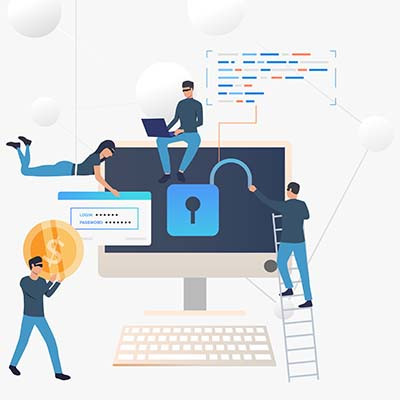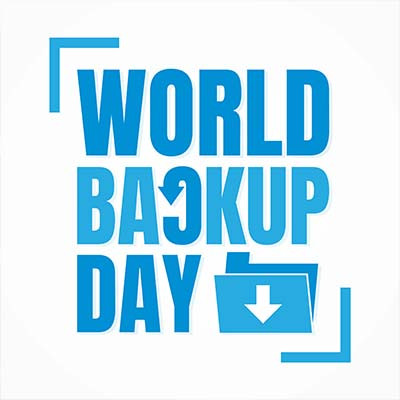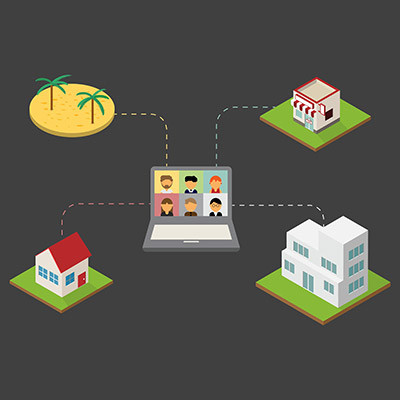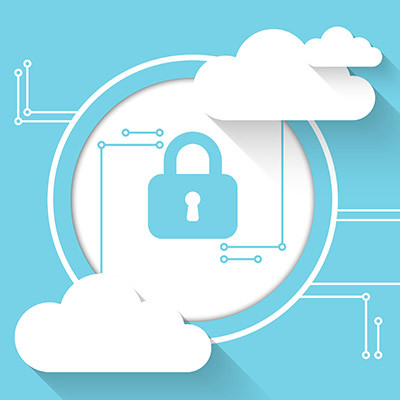In many places, businesses have been operating in a manner that is closer to “business as usual” than “pandemic-altered”. This doesn’t mean the pandemic is over, but a lot of businesses are now able to make decisions as they were before the pandemic. This is a good thing, but there is one aspect of business that doesn’t seem to be normalizing: the supply chain. Let’s take a look at why supply chain issues persist and what you can do about them.
Apex Technology Blog
A lot has been made about the Internet of Things (IoT) over the past couple of years. People have been purchasing technology they can control from their phones or from centralized smart hubs and it has resulted in a shift to the way people interact with technology. For modern businesses this can bring several pros and cons to the table. This month we thought we would take a brief look at some of the pros and cons of deploying IoT technology in the workplace.
Many businesses were very suddenly introduced to the capabilities of modern collaboration tools, as… circumstances forced them to either go remote or cease operations for an unknown amount of time. However, while collaboration tools were suddenly a requisite for work, could these tools now be responsible for isolating your team members from one another?
While protecting the credit card data you collect from your customers and clients is obviously important, you likely also have a line of credit for your business’ use that you need to think about as well. Let’s turn our focus to that card for a moment and discuss some tips and best practices to keep this company resource safe.
Digital signage platforms are on the rise, and they are giving businesses more opportunities to help their office visitors feel more connected and comfortable. You might be surprised by how affordable and accessible digital signage solutions can be, hence why they are growing in popularity with businesses.
Automation has been a business buzzword for some time now, and was a key facet for many businesses remaining open through the COVID-19 pandemic. Now, it seems like there’s no reason for it not to remain in use from this point on. Let’s examine a few ways that automation can and likely will be used moving forward.
Google Workspace is a great tool that allows you to get a lot done, but sometimes you might find yourself in a position where you need to download the files and take them with you or send them to someone. In these cases, you might not want to share the link. Instead, you can simply download them as whatever file format you might need!
Data breaches—any event where a business’ confidential data is viewed, copied, or stolen by an unauthorized person or party—are a serious problem. Unfortunately, they are also a serious problem that can be caused by no shortage of situations. Let’s review some of the causes of business data breaches so you’ll know what to keep an eye out for.
The telephone has been a part of business processes since it was invented, with businesses quickly taking advantage of the new features that telephony has introduced as it has improved over the years. VoIP—Voice over Internet Protocol—is the latest improvement, and as such, offers businesses a lot of great benefits to embrace.
When you go to such great lengths to protect your business’ network, it can come as quite a shock when you experience a data breach. Surely someone has to be at blame for such an event, right? Unfortunately, this mindset is often one that can come as a detriment to businesses, especially in today’s age of cybersecurity threats and ransomware. It can divide teams and cause rifts that are hard to recover from.
Tomorrow, March 31st, is the official World Backup Day, a day intended to remind us all of the importance of taking backups for the sake of data continuity. While this kind of day can be a valuable reminder of a critical best practice, we contend that your awareness of your backup (and the associated maintenance of it) should not be limited to a single day.
Remote work is more common than ever before, so it’s no surprise that businesses are looking for new ways to ensure remote working arrangements aren’t dragging down operations. Thankfully, because it’s so common nowadays, your organization has a ton of options at its disposal, many of which allow for greater flexibility and mobility.
Passwords have been a primary data security measure since 1960, when MIT researcher Fernando Corbató suggested the practice—although even he is reportedly slow to take full credit. Why? Well, if you ask Corbató (and his contemporaries, who were the first to implement passwords as we’d recognize them today), the security concerns were limited.
So, have we reached the point where it would be best to replace passwords as the default authentication measure?
There are many different varieties of cybercrime that businesses need to be vigilant about. However, most of these varieties can largely be avoided through a few basic practices and behaviors. Here, we’re giving you a few tips to help you prevent attacks from successfully influencing your business, so make sure you share them with your entire team, as well.
One of the great obstacles many businesses have to remote work is the fact that, well, the team will be remote—not in the office, safely under supervision. This has led many to consider using the webcams installed in their employees’ devices to keep tabs on them. Let’s explore the idea of monitoring your team, and why it probably isn’t a good one.
In the not-all-that-distant past, connectivity required an actual, physical connection between two endpoints. As a result, a wired connection was the only option for businesses to access online materials and resources. This leaves businesses with a choice to make: is a wired connection better for my operations, or should I implement wireless connectivity?
The COVID-19 pandemic has shown us that not all companies have considered how to be flexible in their operations, but it has also given them opportunities to adjust accordingly. With these new flexibilities in place, what does the future of your office look like? Would you ever consider a hybrid approach to the workplace?
The cloud is far and away one of the most beneficial technologies that a modern business has at its disposal. Unfortunately, the same can be said for modern cybercriminals. The cloud has given cybercriminals new opportunities that are important to acknowledge—as well, of course, to protect your business against.
Today is Global Recycling Day, and is intended to remind us of all the materials that can be reused in everyday life, in part as a way to decrease our individual carbon footprint. However, it's valuable to know how much your business contributes in terms of its carbon footprint… and, once you know that figure, how you can reduce it.





























